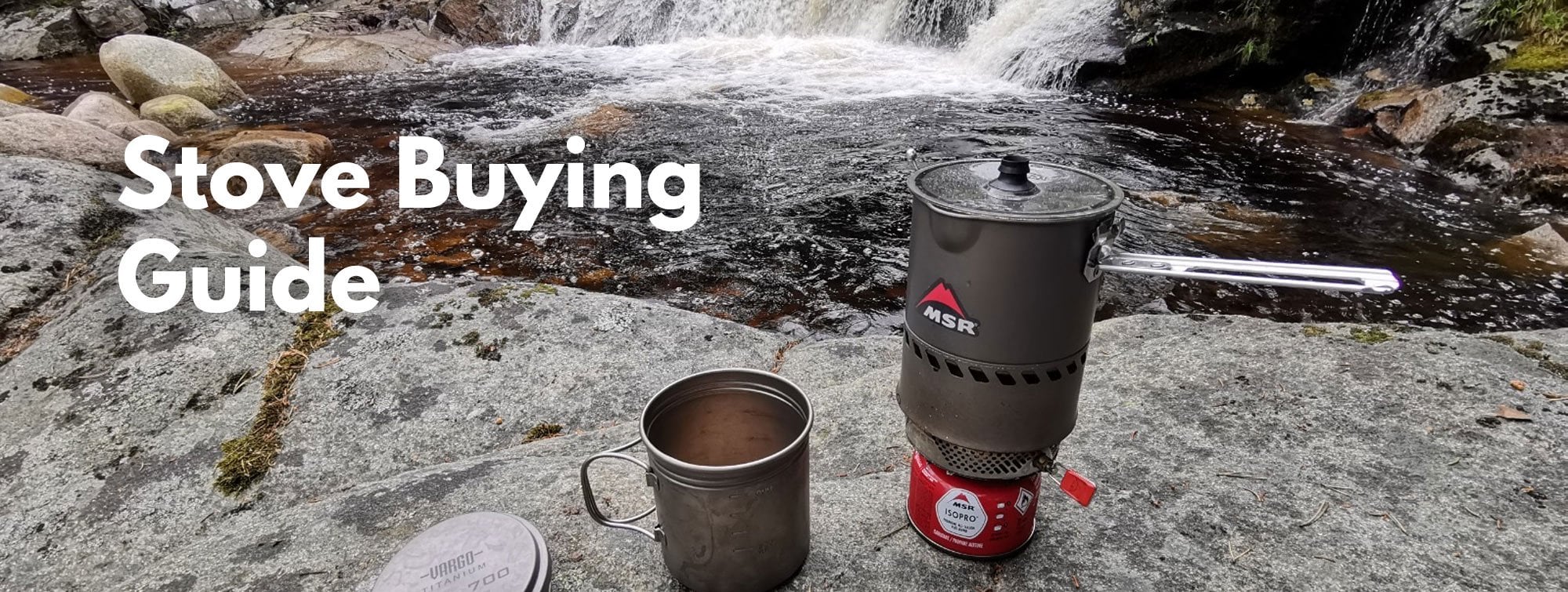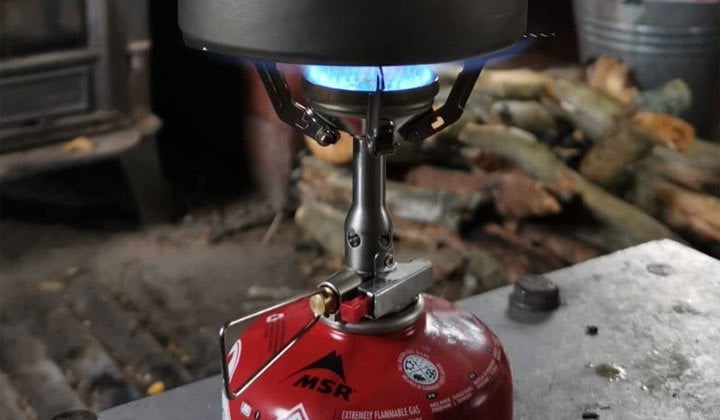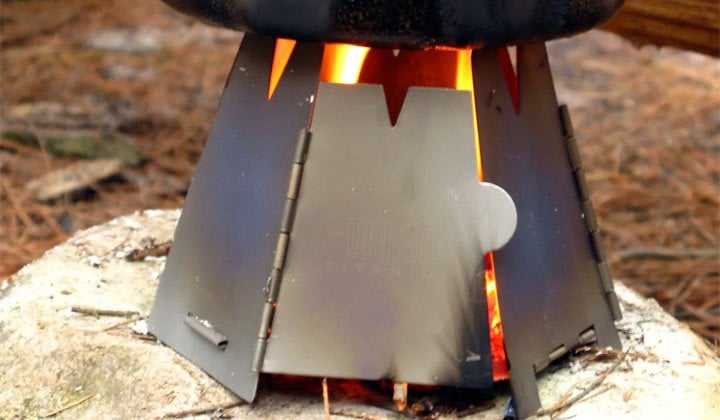The Ultimate Guide to Ultralight Stoves
Apr 16, 2018

Choosing a Stove
Choosing a stove can be a challenge as there are so many products available. Here at UOG we try and test as much gear as we can and our staff are regularly out in the hills and mountains doing just that. We want to provide you with the best information to help you make your choice.
Before choosing any piece of gear for use in the outdoors you have to work what will you be using it for most of the time and what are your priorities? These seem fairly obvious but many people expect gear to be able to do anything and everything whereas the reality is that most top-quality gear is designed for quite specific conditions and use.
• What kind of camping do you do? Car camping/campsites/bothy trips/wild camping
• Where are you going? Close to amenities/international/remote/back country
• How many people will it be used for? Solo/pairs/small groups/large groups
• How often will you be using it? Infrequently/regularly/intensively (i.e. longer multi-day trips)
• What do you want it to do? Cook a meal/heat food/boil water
When you have narrowed this down to what you do most of all you then need to consider the balance between practical aspects such as price, weight and durability. There is usually a trade off between these things. For example, lower prices can often mean heavier weights to carry, while lighter weights can be less durable. It is very rare to get a super lightweight, durable piece of outdoor gear for a low price so it’s important that you work out what your priorities are before trying to buy a stove. The three main types of stoves are:
Gas Canister Stoves
Best for: Fast and light trips, short backpacking trips; solo or paired use.
Canister stoves use a variation of gas blends in a metal canister that screws onto a burner. There are still three fairly distinct types of canister stove so there are some differences in use and performance. There is the traditional screw on – a simple burner head that screws directly onto the gas canister, remote – the stove is self-supporting and a hose leads to the canister which is still screwed onto it and, most recently, integrated canister systems where the burner head is specifically designed to fit the pot it comes with – these sets often nest inside the pot for a contained system.
The main reason many people use gas cartridge stoves is convenience but, there are a number of other advantages and disadvantages shown below.

Advantages
• Small and lightweight
• Generally maintenance-free, clean and easy to use
• Quick to light and has a fast, efficient burn
• Flame can be adjusted easily - simmers well (not the integrated systems)
• The canister self-seals when you unscrew the stove - no spills or leaks.
Disadvantages
• Lack stability – the arms may not be long enough to hold pots securely
• Judging fuel consumption - tough to know how much gas is left inside a canister
• In cold conditions canisters can depressurise and produce a weak flame
• Compared to fuel for other stoves, the cost of fuel is higher
• Canister waste - empty canisters need to be disposed of properly.

Liquid Fuel Stoves
Best for: international travel, small groups, traditional liquid stoves - D of E expeditions, multifuel stoves – remote/serious expeditions.
There are two groups within liquid fuels: traditional, non-pressurised liquid stoves that use a simple burner pot; and multifuel (or pressurised) stoves which use more technical parts and need to be primed before lighting and need maintaining.
These generally use methanol and have had great success through stove set ups like Trangia. They're simple to use, relatively safe, low maintenance and large enough for group use. They've always been a good choice for youth groups or Duke of Edinburgh expeditions. The development of bio-alcohol fuels has improved the environmental impact and also the facts that it leaves no soot/residue behind is a bonus. Multifuel stoves differ greatly in this sense as they are designed to work with a range of liquid fuels, hence the benefit for international travel where sourcing reliable fuel can be difficult. They are more technical stove systems and are ideal for expedition use but they do need a lot more care and attention in terms of lighting and maintaining so they are not really aimed at inexperienced or infrequent campers.
Again, there are a range of advantages and disadvantages to consider. We’ve combined some of the main ones for liquid stoves in general below.
Advantages
• These stoves are usually low-profile and quite stable on uneven surfaces
• It’s easy to see how much fuel you have left in the bottle
• Work with a range of fuels - versatility makes them a great choice for international trips
• These stoves perform better than other options at high elevations and in cold temperatures
• There is no canister to discard.
Disadvantages
• Takes longer to boil water so more fuel may be required
• Windscreens are often needed
• Fuel spills are possible
• Can be heavier than other stoves
• Multi-fuel versions can cost more, plus priming and maintenance are required.
Solid Fuel Stoves
Best for: Lightweight (serious gram counting), solo use
These stoves are arguably the simplest to use and are certainly one of the lightest weight options if that is your primary concern. The component parts are all pretty basic but this reduces the need for additional parts and therefore weight. Solid fuel stoves include both wood burners and fuel tablets. Each type poses its own difficulties around sourcing fuel depending on where you are travelling but there are certainly benefits to the simplicity and ultra-lightweight nature of them. Solid fuels can include alcohol gel or 'hex' blocks which are safe and easy to use, but the solid fuel is inefficient, burns slowly and is not widely available. Whereas, wood can, in theory be sourced anywhere in the world, in practise this is not necessarily the case – especially in mountainous terrain.

Advantages
• Simple, safe and easy to use
• Inexpensive for both stove and fuel
• Combined (fuel & stove) low weight
• Compact size
• Few parts that require any maintenance.
Disadvantages
• Fairly inefficient burn
• Fuels can be hard to find
• Windscreens are often needed
• May leave marks or residue on the underside of pots
• An open flame stove may be prohibited during fire bans or in specific areas.
Stove Accessories
There are a number of stove accessories that will help make using a stove much easier. Some are vital, others make things more convenient and some you can get away without using.
A flint and fire steel are something that many people who spend a lot of times out in the hills and mountains will always have with them. Your stove may have an inbuilt igniter, you might like using a lighter or even waterproof matches but all of these can and do fail. Often when the weather is poor and hot food and water is vital. Carrying a simple flint and fire steel that work in any conditions, even if it’s just as and emergency can be vital.
Wind shields make a huge difference to the efficiency of most stoves. There are a few integrated pot designs that have cut out the need for windshields but they account for a small percentage of stoves. A windshield is usually a simple roll of metal that keeps out the wind, allows some airflow to keep the stove burning and reflects heat. Numerous campers have spent far too long frustrated by a stove that can’t boil water because of wind.
Cartridge stabilisers are aimed at traditional gas canister stoves and some integrated canister systems where the stove, pan and its contents are balanced on a gas canister alone. These stabilisers are simple enough but create a wider base making the stove and pan much more stable and safe to use.
Choosing a stove can be a challenge as there are so many products available. Here at UOG we try and test as much gear as we can and our staff are regularly out in the hills and mountains doing just that. We want to provide you with the best information to help you make your choice.
